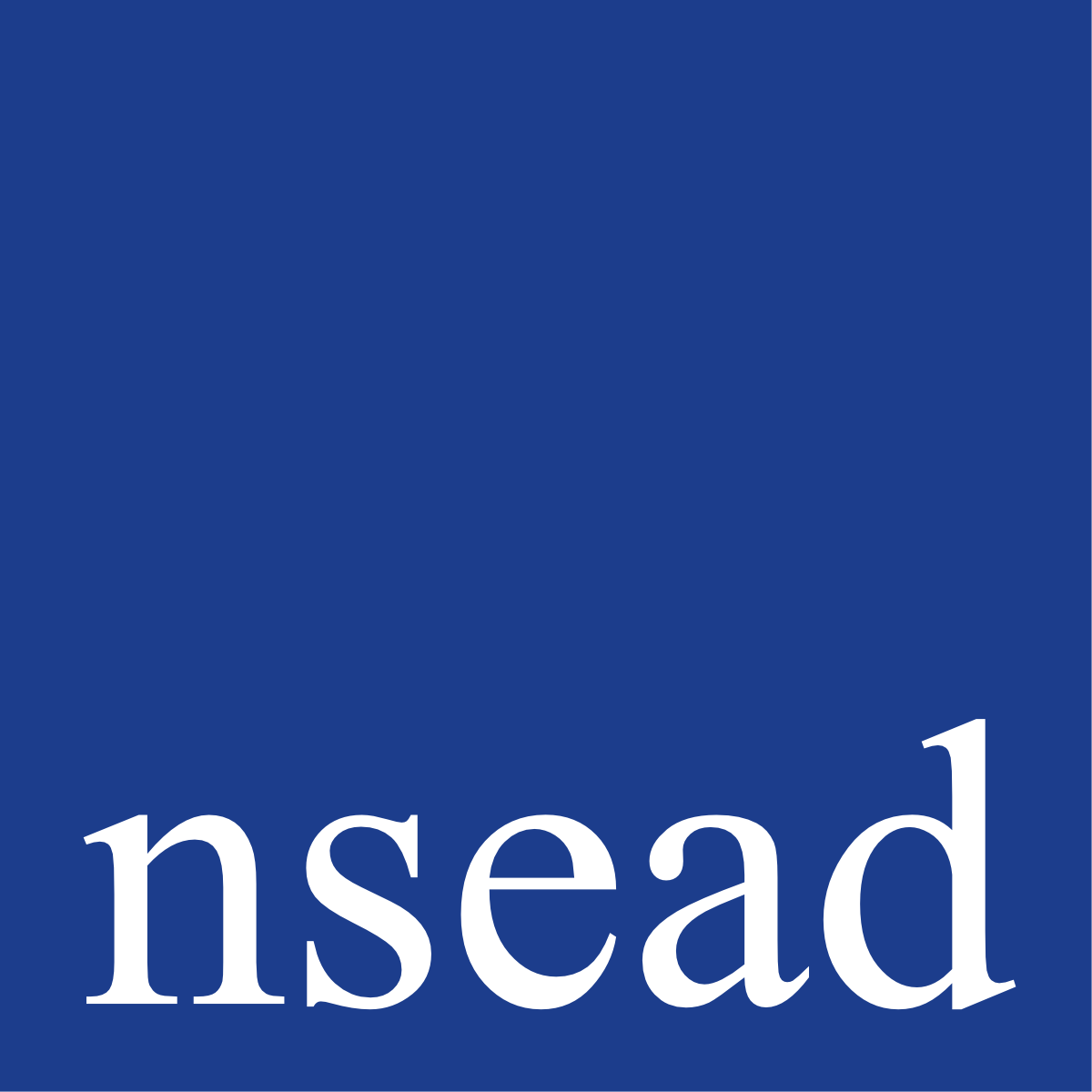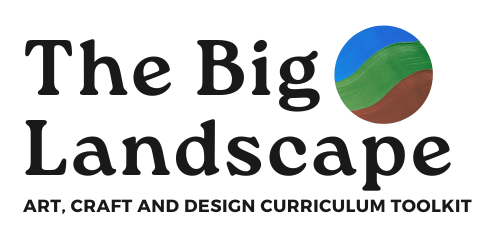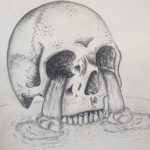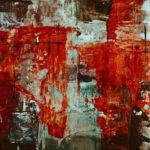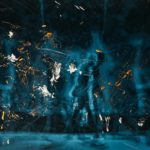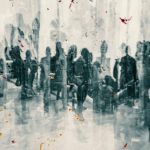The artArt refers to a diverse range of human intellectual and expressive activities and the outcomes of those activities. Within this context art is further defined... curriculumIn education, a curriculum (or curricula) is broadly defined as the totality of student experiences that occur in the educational process. The term often refers specifically to a planned... is not static but continues to evolve, through broadly defined curriculum principles at a national level and in the particular curriculum followed in individual schools. Learning in art craftCraft can be designed as intelligent making. It is technically, materially and culturally informed. Craft is the designing and hand making of individual objects and... and designDesign shapes ideas to become practical solutions and propositions for customers and users. Design is all around us, everything man made has been designed. The... is primarily, although not exclusively, through practical work and experience.
Ofsted Research Review Series: Art and Design (Feb 2023) describes curriculum content as: 'vast and subject leadersA teacher with the title of subject leader is given the task of improving the teaching and learning provisioning of a specific subject taught within... and curriculum designersPeople who are engaged in the production of functional products, services and systems need to be selective in what they include in their art curriculums'.
NSEAD believe the art curriculum is not static but continues to evolve, through broadly defined curriculum principles at a national level, and in the particular curriculum followed in individual schools.
Learning in art, craft and design is primarily, although not exclusively, through practical work and experience.
The Ofsted Research Review identifies three domains of knowledgeDomain knowledge is knowledge of a specific, specialised discipline or field, in contrast to general (or domain-independent) knowledge. There are many ways of ‘carving up’ domains... in the art and design curriculum. They refer to practical learning and developing technical proficiency as ‘practical knowledge’.
The Review refers to learning about artistsPeople who are engaged in a broad spectrum of visually led ideas and activities aligned to the expressive arts and artwork and the cultural and contextual aspects of the subject as ‘theoretical knowledge’ and how students learn about the ways that art and design is studied, discussed and judged as ‘disciplinary knowledge’.
In the Big Landscape, knowledgeFacts, information, and skills acquired through experience or education; the theoretical or practical understanding of a subject. is set out as four domains, in order to ensure the 'Affective' domain is fully addressed, supporting both breadth and depth.
Through consideration of these knowledge domains, teachers can specify the breadth and balance of their subject curriculum.
This is not defined in national or regional curricula and schools are required to make choices and to select the content of their curriculum, appropriate to their context.
In doing so, they must ensure that the choices they make will deliver a curriculum which is sufficiently broad in covering a range of learning appropriate for the age range of the students, and which has sufficient depth to enable them to engage meaningfully.
These choices concerning curriculum content will vary between schools as some may favour a greater emphasis on traditional, historical art traditions, while others a more contemporary, more culturally diverse art and design practices.
The second major consideration which will inform the choices teachers make will relate to the overall balance, and sequence, of curriculum content, teaching and learning.
Art educators will need to take account of the balance within each of the domains of knowledge and across the domains as a whole.
They will need to ensure that their school’s curriculum provides a balanced experience, for instance, offering appropriate time for reflection and critical discourse alongside and part of practical work.
Resources
- See Ofsted Report pages here
- Read: AD magazine issue 39, p.10, 2024, A broad and balanced curriculum, Adam Vincent HMI
- See the Big Landscape 'Knowledge' Block here
- See the Big Landscape 'Curriculum Development' Block here
- Read: AD issue 37, issue 37, 2023. This AD is entirely devoted to 'Curriculum'. Authors explore curriculum approaches to makingThe process of making or producing something. The making of meaning is a decisively integral component of art-making. Meaning-making in relation to the creation of... a future-fit, rich and dynamic curriculum, that places learnersA learner is an individual who is willing to learn and understand new things. Learning is a process of understanding and acquiring knowledge of new... at its heart. Authors include Professor Andy Ash and Ged Gast who contextualise The Big Landscape curriculum toolkit, and how it will help art educators to design a curriculum of relevant, future facing curriculum.
- Read: AD magazine issue 40, All can achieve in art, Wayne Roberts, 2024. Art specialist at Dalmain Primary School, Wayne Roberts, shares how he is developing an arts curriculum over a six-year periodA specific historic time and context of an art, craft or design form. Here, he explains how he set about introducing a diverse range of artists, makers and designers, and created an environment that inspires all children to achieve.
